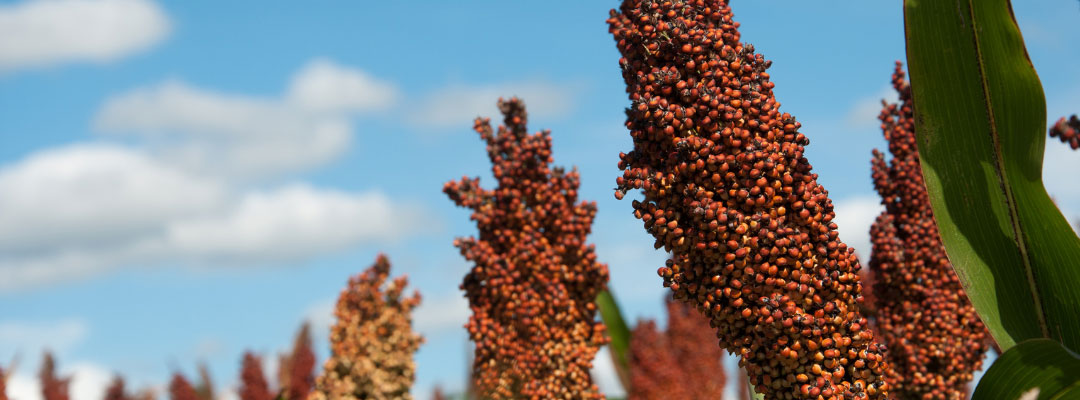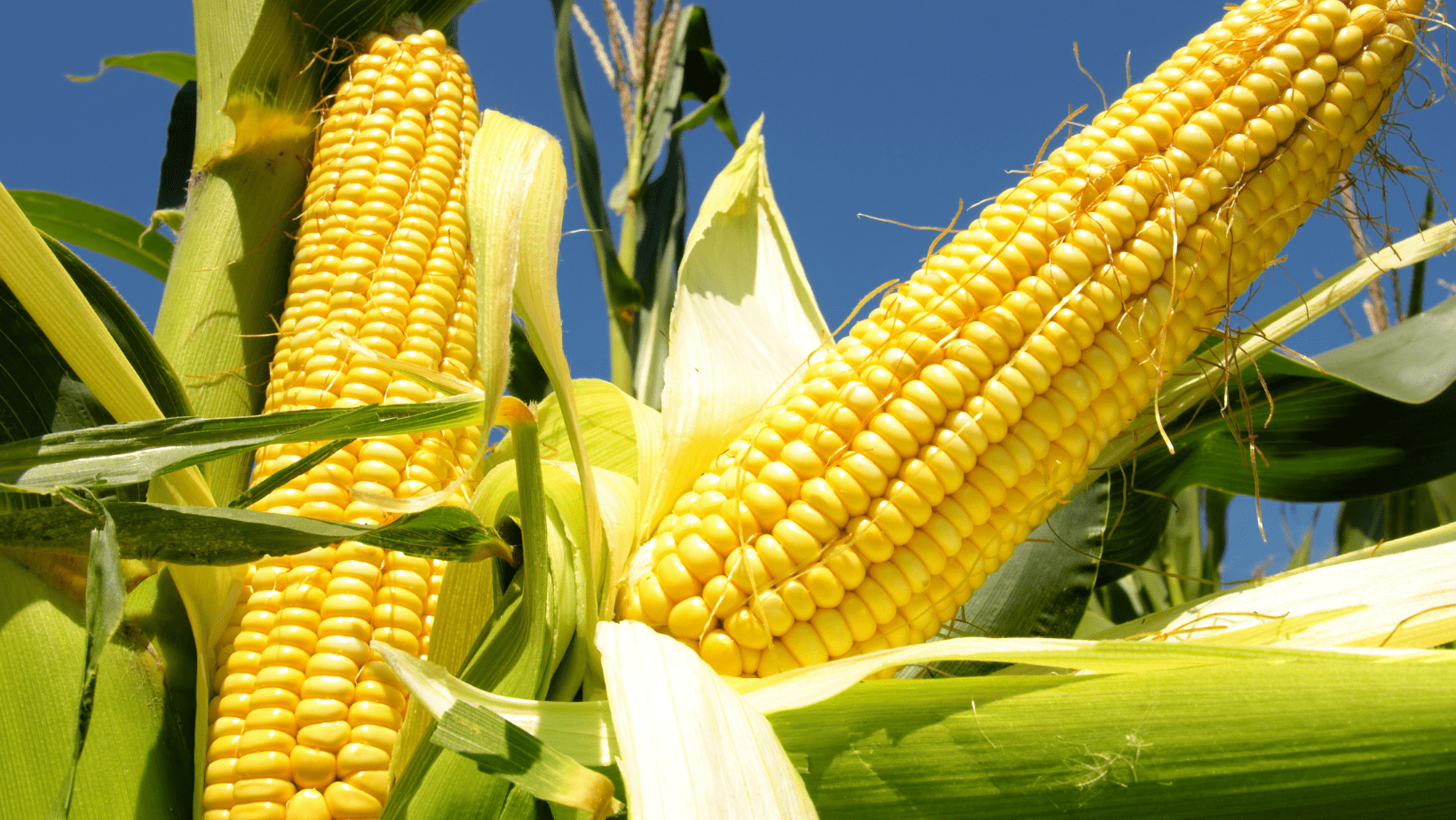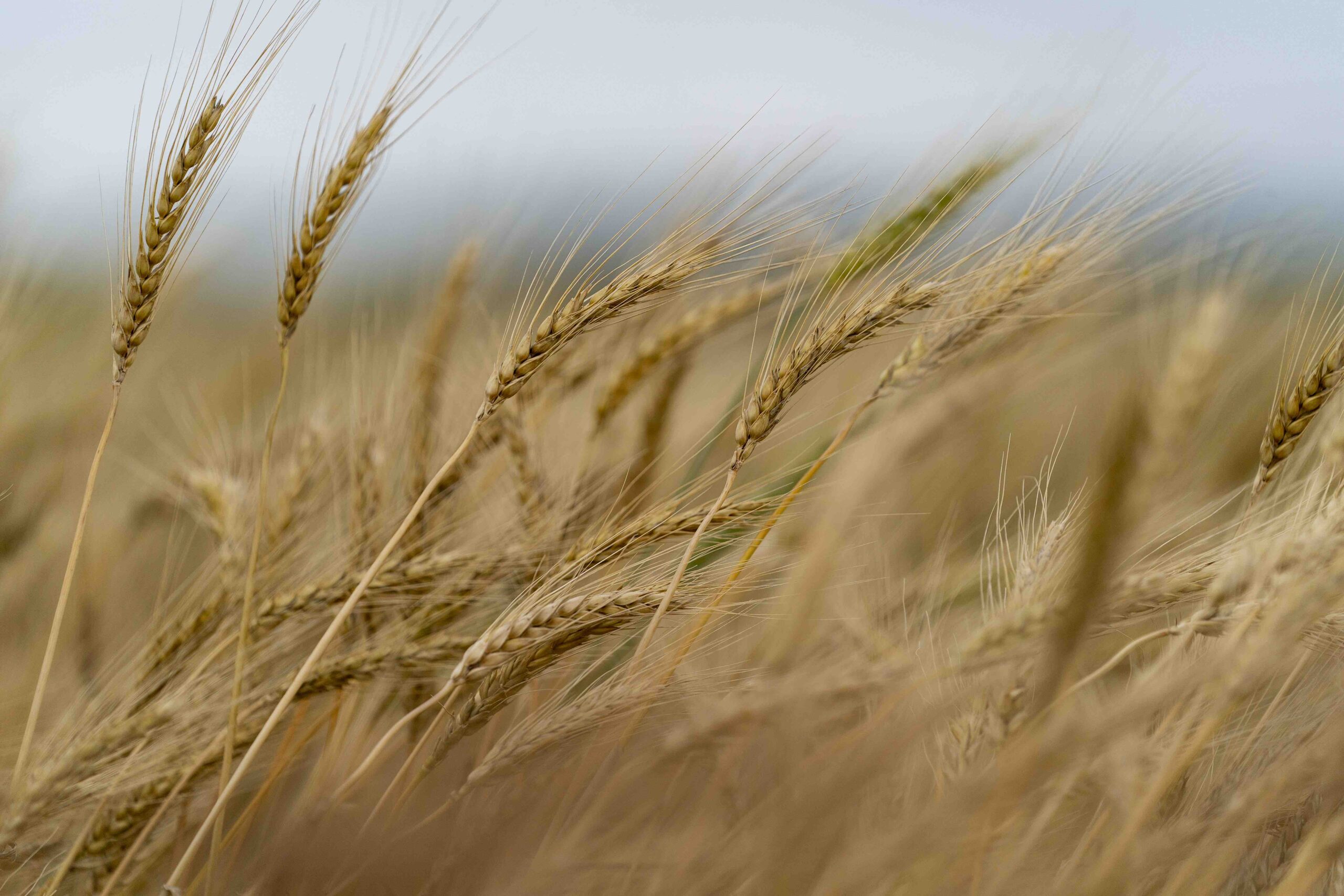A key component of any market outlook for agricultural commodities is the production forecast for the upcoming year. Estimates of crop area and yield are important market drivers. The 2024 March Prospective Plantings report (survey of producers’ acreage intentions for the upcoming season taken in late-February to early March) showed a decline in both wheat and sorghum acres compared to 2023. However, several other factors may come into play in 2024 that significantly impact the final production numbers.
First, final planted acreage numbers can deviate substantially from planting intentions (Table 1). Even in wheat, where the planted acreage number for winter wheat is pretty well known by early March, spring wheat acres account for about a quarter of the U.S. all-wheat planted area. Over the last 10 years, the final planted number for wheat compared to the prospective plantings survey has ranged from +1 million acres (2014) to -1.6 million acres (2022), and sorghum has ranged from +1.2 million (2023) to -500,000 (2016).
Another factor impacting the production estimate is the percentage of crop planted that is harvested for grain. This is especially important in wheat and sorghum where major production regions are in the Southern Plains, areas prone to significant drought and weather impacts. Over the last two years of drought, the harvested percentages of wheat and sorghum have been well below average. A return to average harvested percentage levels could result in planted acres being lower but harvested area increasing.
Related to the harvested area question is the yield potential of the upcoming crop. So far in 2024, national winter wheat crop condition ratings are well above last year and well above average(USDA, Crop Progress) . Better crop condition ratings bode well for an increase in harvested percentage as well as overall yield. This is notably the case in Kansas, the top wheat producing state. The last time we saw wheat ratings this good in Kansas was 2016. That year set a record high wheat yield for Kansas (57 bushels) and the U.S. wheat crop (52.7 bushels). The harvested percentage of acres planted that year was 88%.
The 2016 crop season was under the influence of the El Nino weather phenomenon, as is 2024 (Figure 1). The current El Nino is the second strongest event since the winter of 2015/16. With current favorable crop condition ratings, wheat production in 2024 could be up significantly compared to 2023 despite a lower planted acres number.
Interestingly, 2016 was also a record setting year for U.S. grain sorghum (Kansas is the number one producing state). The final yield that year was 77.9 bushels per acre on a harvested percentage of 93%.
Using the planted acreage number from the Prospective Plantings report, average percent harvested over the last 10 years, and trend line yields, we project production increases for U.S. wheat and sorghum in 2024 despite a decrease in planted area (Table 2). For wheat, production is projected to be up 120 million bushels (+7%) and sorghum up 75 million bushels (+24%) compared to 2023.
The decline in planted acres was a major headline in media and market reports following the release of the Prospective Plantings report. The final production impact of that number is far from settled.
Table 1. Acreage (millions) and yield (bushels/acre) for U.S. wheat and sorghum, 2014-2023
| 2014 | 2015 | 2016 | 2017 | 2018 | 2019 | 2020 | 2021 | 2022 | 2023 | |
| WHEAT | ||||||||||
| Prospective Plantings | 55.8 | 55.4 | 49.6 | 46.1 | 47.3 | 45.8 | 44.7 | 46.4 | 47.4 | 49.9 |
| Final Acreage | 56.8 | 55.0 | 50.1 | 46.0 | 47.8 | 45.5 | 44.5 | 46.7 | 45.8 | 49.6 |
| Difference | 1.0 | (0.4) | 0.5 | (0.1) | 0.5 | (0.3) | (0.3) | 0.3 | (1.6) | (0.3) |
| Harvested | 46.4 | 47.3 | 43.9 | 37.5 | 39.6 | 37.4 | 36.8 | 37.1 | 35.5 | 37.3 |
| Percent Harvested | 82% | 86% | 88% | 82% | 83% | 82% | 83% | 79% | 78% | 75% |
| Average Yield | 43.7 | 43.6 | 52.7 | 46.3 | 47.6 | 51.7 | 49.7 | 44.3 | 46.5 | 48.6 |
| SORGHUM | ||||||||||
| Prospective Plantings | 6.7 | 7.9 | 7.2 | 5.8 | 5.9 | 5.1 | 5.8 | 6.9 | 6.2 | 6.0 |
| Final Acreage | 7.1 | 8.5 | 6.7 | 5.6 | 5.7 | 5.3 | 5.9 | 7.3 | 6.3 | 7.2 |
| Difference | 0.4 | 0.6 | (0.5) | (0.2) | (0.2) | 0.2 | 0.1 | 0.4 | 0.1 | 1.2 |
| Harvested | 6.4 | 7.9 | 6.2 | 5.0 | 5.1 | 4.7 | 5.1 | 6.5 | 4.6 | 6.1 |
| Percent Harvested | 90% | 93% | 93% | 89% | 89% | 89% | 86% | 89% | 73% | 85% |
| Average Yield | 67.6 | 76.0 | 77.9 | 72.1 | 72.1 | 73.0 | 73.2 | 69.0 | 41.1 | 52.0 |
Table 2. U.S. wheat and sorghum production (millions of bushels) in 2023 and a projection for 2024
| Wheat | Sorghum | ||||||
| 2023 | 2024PP | Change | 2023 | 2024PP | Change | ||
| Planted | 49.6 | 47.5 | (2.1) | 7.2 | 6.4 | (0.8) | |
| Harvested | 37.3 | 39.0 | 1.7 | 6.1 | 5.6 | (0.5) | |
| Percent Harvested | 75% | 82% | 7% | 85% | 88% | 3% | |
| Yield | 48.6 | 49.6 | 1.0 | 52.0 | 69.8 | 17.8 | |
| Production | 1,812 | 1,932 | 120 | 318 | 393 | 75 | |
Figure 1. El Nino winters since 2000

Resources
NOAA, Climate Prediction Center, ENSO: Recent Evolution, Current Status, and Predictions, April 15, 2024
USDA, NASS Office of the Chief Economist, WASDE April 2024
USDA, NASS, Prospective Plantings, March 28, 2024
USDA, NASS, Quickstats, April 17, 2024















